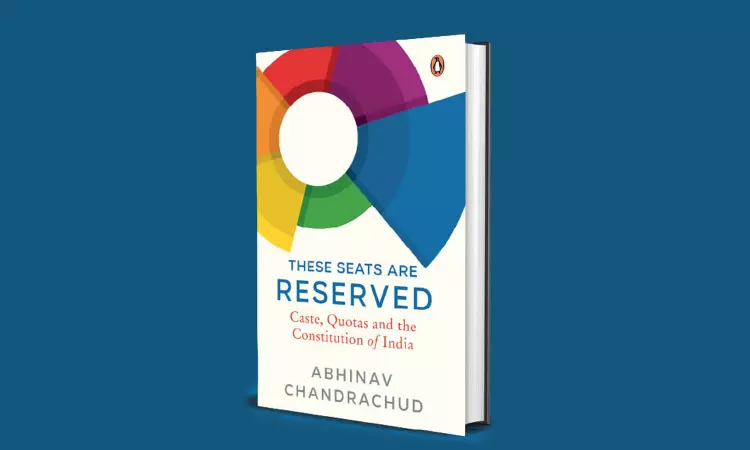American political philosopher Michael Sandel in his book, The Tyranny of Merit: What's Become of the Common Good? raises a fundamental question—would a perfect meritocracy be just? He himself answers the question in negative based on the following reasoning—the meritocratic ideal does not remedy inequality rather justifies it. But inequality, even of the type that results because of...

